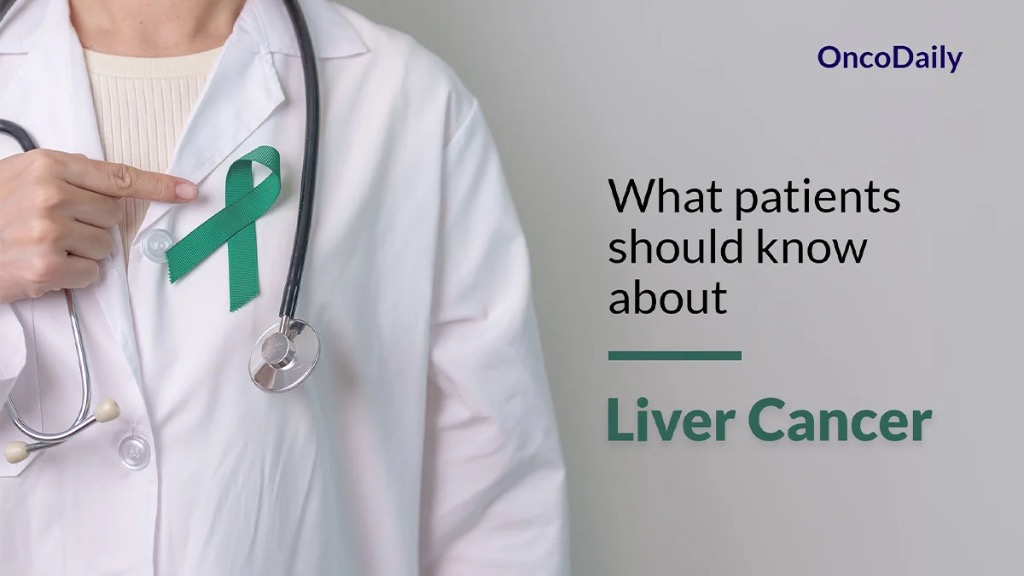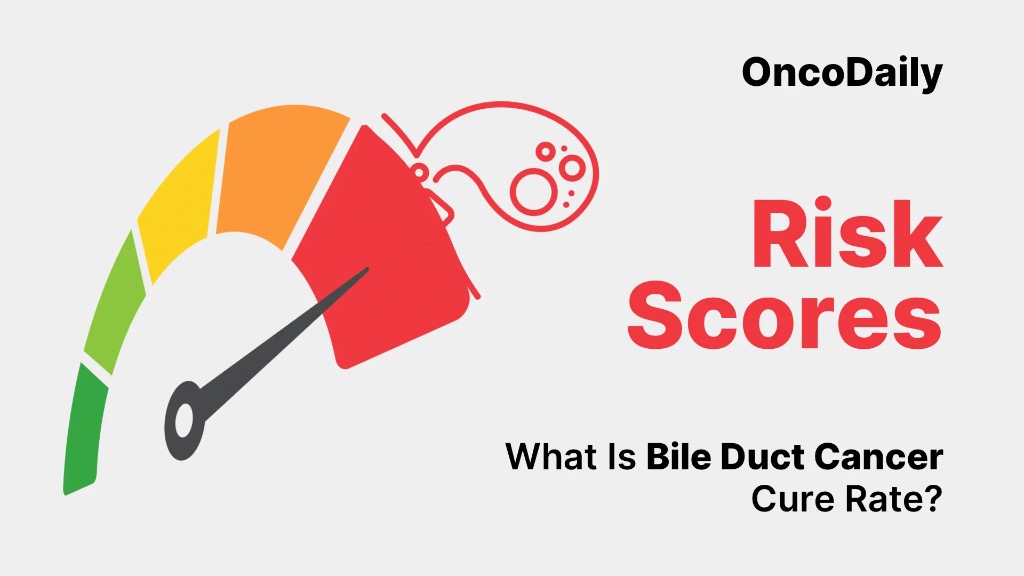Liver cancer is one of the most rapidly increasing cancers worldwide. It affects more than 900,000 people each year and remains a major cause of cancer-related deaths (Sung et al., 2021). Hepatocellular carcinoma (HCC), the most common type of liver cancer, usually develops in people who already have liver disease such as hepatitis B, hepatitis C, fatty liver disease, or cirrhosis.
Understanding the liver cancer success rate helps patients and families see how treatment decisions are made, why early diagnosis matters so much, and what outcomes are possible today with modern medical care.

Read About Liver Cancer on OncoDaily
What Does “Liver Cancer Success Rate” Mean?
When doctors talk about success rate, they usually refer to survival statistics, often the 5-year survival rate, which shows how many people are alive five years after diagnosis. This number changes significantly depending on:
- the stage of liver cancer
- the health of the liver
- whether the tumor can be removed
- the patient’s overall health and other illnesses
- available treatments
The success rate is not a prediction for any one individual. Instead, it helps guide expectations and demonstrate how outcomes improve when cancer is found early.
Success Rates by Stage of Liver Cancer
Early-Stage Liver Cancer (Stage I)– When liver cancer is diagnosed early—usually when there is a single small tumor and the liver is working well—success rates are highest. Many patients may be eligible for surgery, liver transplantation, or thermal ablation.
With these treatments, 5-year survival rates range between 70% and 90% after liver transplant and 50% to 70% after surgery (Mazzaferro et al., 2020; EASL, 2018). Ablation can also offer long-term control for small tumors. Early-stage liver cancer therefore has one of the best success rates among solid tumors when treated promptly.
Intermediate-Stage Liver Cancer (Stage II–III)- As liver tumors grow or spread within the liver, patients may no longer be good candidates for surgery. In this group, liver-directed therapies such as transarterial chemoembolization (TACE) or radioembolization (Y-90) are commonly used.
These therapies can shrink tumors, slow progression, and relieve symptoms. The 5-year survival rate for intermediate-stage liver cancer typically ranges from 30% to 50%, depending on tumor response and liver function (Forner et al., 2018).
Advanced Liver Cancer (Stage IV)- Advanced liver cancer includes tumors that invade major blood vessels or spread to other parts of the body. In this stage, systemic therapy is the main approach. Success rates are lower but have improved dramatically in recent years.
The 5-year survival rate in advanced disease used to be below 10%, but with immunotherapy and targeted therapy, long-term survival now reaches 15–20%, and some patients experience durable responses lasting years (Finn et al., 2020; Kelley et al., 2021).
How Modern Treatments Improve Liver Cancer Success Rates
Over the past decade, the success rate for liver cancer has increased thanks to advances in treatment. Immunotherapy combinations such as atezolizumab plus bevacizumab significantly prolong survival and are now the preferred first-line therapy in many countries. The combination of durvalumab plus tremelimumab also offers meaningful benefit, especially for patients needing rapid disease control.
Targeted therapies including lenvatinib, cabozantinib, regorafenib, and sorafenib help slow cancer growth by blocking pathways the tumor uses to survive. Although these therapies do not cure liver cancer, they play a crucial role in extending life and controlling symptoms.
Local therapies such as TACE and Y-90 remain important as well. In some patients, these treatments shrink tumors enough to make them eligible for surgery or liver transplantation, significantly improving their long-term success rate (Llovet et al., 2021).
Factors That Influence Individual Outcomes
Liver cancer success rates vary from person to person. Tumor stage is an important factor, but the overall condition of the liver is equally critical. Many patients have cirrhosis, which limits the treatments they can safely receive. Other factors include the number of tumors, tumor size, vascular involvement, and biomarkers such as alpha-fetoprotein (AFP).
Patients who undergo regular screening—especially those with chronic liver disease—are more likely to be diagnosed early, dramatically improving their success rate and access to curative treatments.

Read About Bile Duct Cancer Cure Rate on OncoDaily
What Patients Should Expect During Care
Most patients begin their journey with imaging tests, blood work, and evaluation by a team of specialists. Treatment usually includes a combination of local therapy, systemic therapy, or surgery, depending on the stage. Throughout treatment, doctors monitor liver function carefully because maintaining liver health is essential for long-term success.
Supportive care, nutrition guidance, and management of underlying liver disease are also key parts of treatment. Emotional support and patient education help individuals feel more in control and confident during their cancer journey.
Conclusion
The liver cancer success rate varies greatly depending on how early the cancer is found and how well the liver is functioning. Early detection offers the best chance for long-term survival, while new treatments such as immunotherapy and targeted therapy are expanding options for patients with advanced disease. With ongoing research and increasing awareness, the outlook for liver cancer continues to improve.
You Can Watch More on OncoDaily Youtube TV
Written by Armen Gevorgyan, MD
